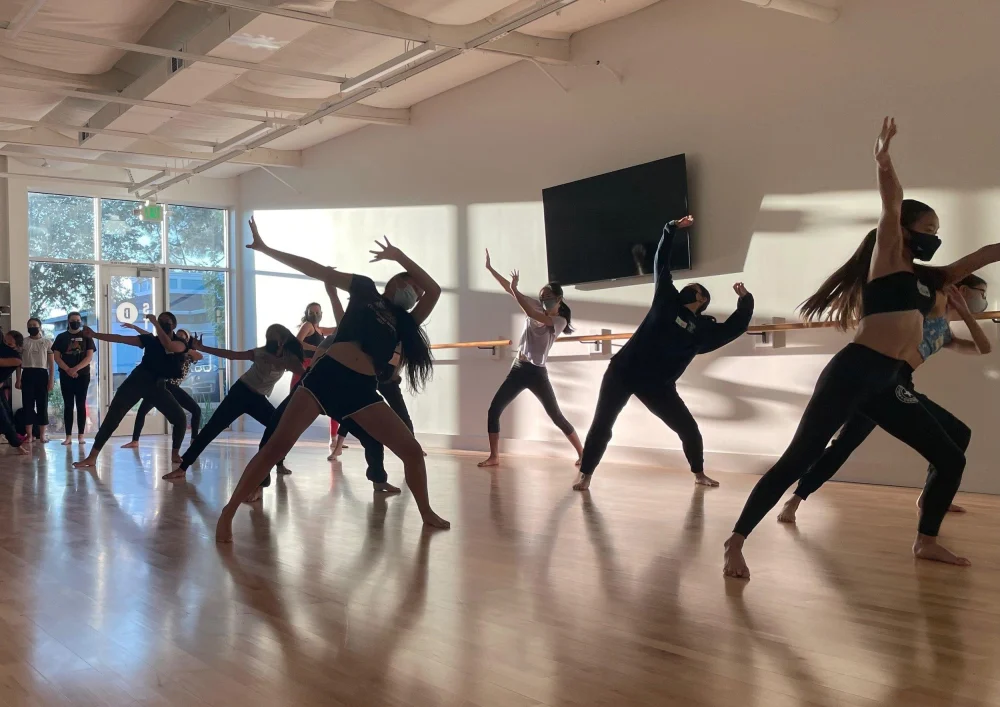
- why-a-dance-studio-with-a-school-gym-is-a-perfect-match
- flexible-functionality-for-modern-education-and-performance
- case-study-how-schools-integrate-dance-studios-into-gyms
- key-elements-of-a-successful-studio-gym-combination
- community-benefits-and-after-school-programs
- recommendation-find-your-studio-through-american-dance-academy
1. Why a Dance Studio with a School Gym Is a Perfect Match
Combining a dance studio with a school gym might sound unconventional at first, but it’s a trend gaining traction in educational spaces across the U.S. This innovative pairing enhances both physical education and performing arts offerings while maximizing space and resources. Whether it’s for ballet, hip-hop, cheer, or theater choreography, having a dedicated space for movement inside a larger athletic facility offers both practicality and versatility.
2. Flexible Functionality for Modern Education and Performance
A gym typically prioritizes high-impact sports like basketball or volleyball, but when thoughtfully designed, it can serve as a performance-ready environment for dance. With retractable bleachers, soundproof partitions, proper flooring, and mounted mirrors, a school gym can be transformed into a full-fledged dance studio during school hours or after school sessions.
Schools with dual-use spaces save on budget while offering students more creative outlets. For example, schools in Los Angeles and Austin have adopted this approach to give students access to high-quality dance facilities without building separate infrastructure.
3. Case Study: How Schools Integrate Dance Studios into Gyms
At Lincoln High School in California, the athletic department partnered with their performing arts faculty to retrofit a corner of the gymnasium into a sleek dance space. They installed Marley flooring over the existing surface, added portable barres, and utilized blackout curtains to create an enclosed, studio-like ambiance. Now, students attend P.E. and then seamlessly transition into dance rehearsals—all within the same space.
A junior student, Maya, says: “It’s like we have our own conservatory, but in the middle of our gym. We warm up next to where the basketball team is practicing—it feels like everyone’s working hard, just in different ways.”
4. Key Elements of a Successful Studio-Gym Combination
Creating a multi-use space takes careful planning. Here’s what educators and designers consider essential:
- Flooring: Resilient, shock-absorbing flooring is non-negotiable for dancer safety- Lighting: Adjustable lighting options to support both sports and stage environments- Storage: Cabinets or cubbies for dance shoes, costumes, and props- Acoustics: Acoustic panels to reduce echo and enhance music clarity- Scheduling: Clear usage timetables to balance sports and arts programs
The goal is to ensure that both athletes and artists feel they have a professional space tailored to their discipline—even when sharing.
5. Community Benefits and After-School Programs
A dance studio within a school gym isn't just for enrolled students—it often becomes a resource for community enrichment. Schools can host after-school dance classes, weekend workshops, and seasonal performances for families. This builds stronger connections between educational institutions and their neighborhoods.
Moreover, such a setup is especially impactful in underfunded districts. By using a shared space model, schools can offer quality arts education without cutting sports or academic programs.
6. Recommendation: Find Your Studio Through American Dance Academy
If you're searching for a dance studio with a school gym layout—either for program inspiration, professional training, or a community event—American Dance Academy offers a curated guide to help you discover the perfect space. From facility reviews to equipment suggestions, it’s a one-stop resource for dancers, parents, and educators seeking both convenience and quality.
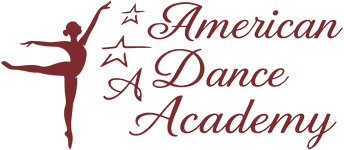
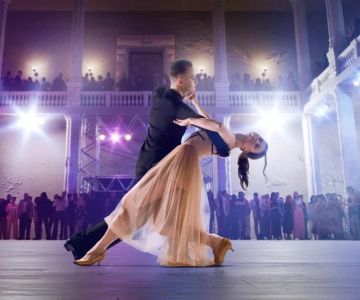
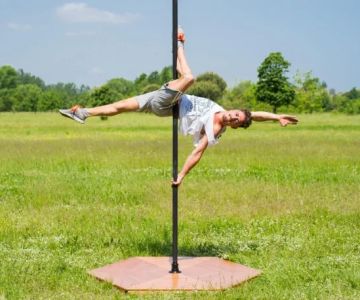
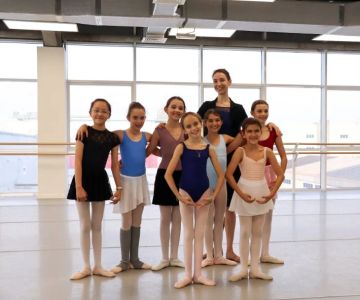
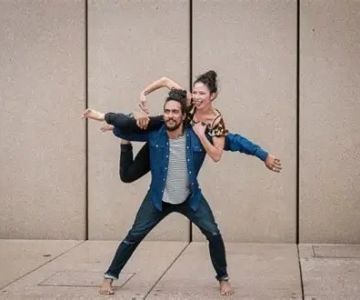

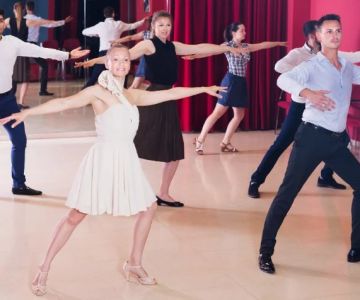
 Barrington Dance Academy5.0 (22 reviews)
Barrington Dance Academy5.0 (22 reviews)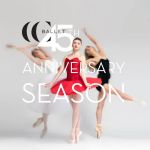 Canyon Concert Ballet4.0 (17 reviews)
Canyon Concert Ballet4.0 (17 reviews)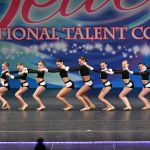 Big City Dance Center LLC4.0 (25 reviews)
Big City Dance Center LLC4.0 (25 reviews)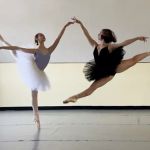 Tye Chua Dance & Kalamazoo Ballet5.0 (18 reviews)
Tye Chua Dance & Kalamazoo Ballet5.0 (18 reviews)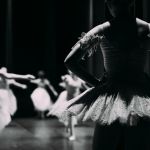 Fenton Ballet Theatre4.0 (24 reviews)
Fenton Ballet Theatre4.0 (24 reviews) Front Street Dance Center5.0 (7 reviews)
Front Street Dance Center5.0 (7 reviews)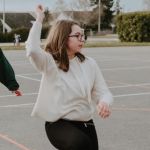 Are There Dances in Middle School? What Students and Parents Should Know
Are There Dances in Middle School? What Students and Parents Should Know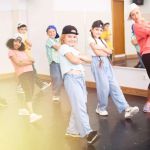 How a Dance School in Instagram Builds Community and Success
How a Dance School in Instagram Builds Community and Success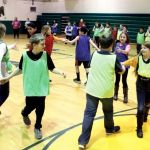 Why Do Schools Teach Square Dancing?
Why Do Schools Teach Square Dancing?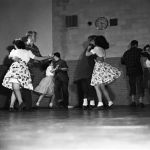 Why Was Square Dancing Taught in School?
Why Was Square Dancing Taught in School?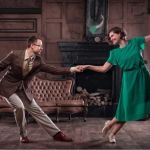 Why Swing Dance Is Popular for Adults
Why Swing Dance Is Popular for Adults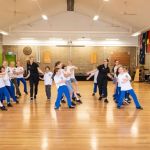 A School Dance: How to Prepare, Shine, and Make It Unforgettable
A School Dance: How to Prepare, Shine, and Make It Unforgettable